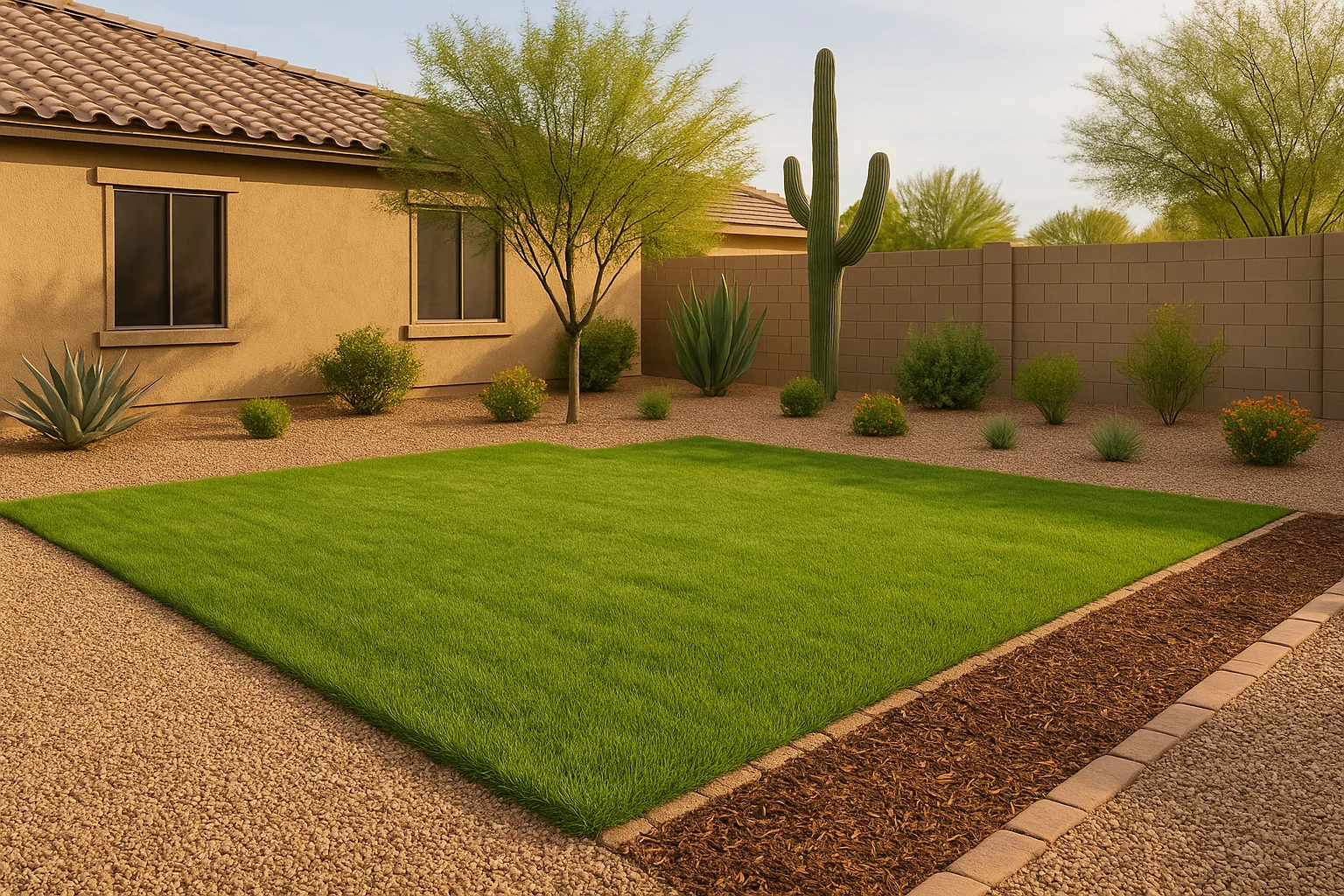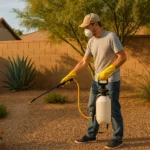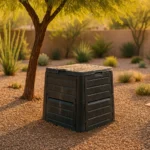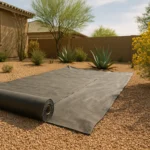As spring heralds the renewal of life in Chandler, it also brings a host of pesky weeds eager to invade your neatly manicured yard. However, with the right strategies and timely action, you can create effective spring weed barriers that keep your lawn lush and weed-free. In this comprehensive guide, we’ll explore essential steps and tips to manage the weed menace this spring.
Understanding Weeds in Chandler
Weeds are more than just unsightly additions to your lawn; they compete with your plants for nutrients, space, and light. Understanding the types of weeds common in the Chandler area is the first step to creating an effective weed barrier. There are two main types of weeds: broadleaf weeds like dandelions and clovers, and grassy weeds like crabgrass and foxtail.
Broadleaf weeds are relatively easy to identify with their wide leaves, while grassy weeds can be trickier as they blend in with your lawn. Knowing what you’re dealing with can help guide your weed barrier strategy. Remember, weeds are opportunistic and will exploit any weak spots in your lawn. That’s why it’s crucial to maintain a healthy, well-nourished yard.
Creating a Healthy Lawn: The Best Defense
Believe it or not, the best weed barrier is a healthy, thick lawn. Weeds thrive in weak, thin, or patchy lawns. By maintaining your lawn’s health, you can prevent weeds from gaining a foothold. Start with regular mowing at the right height. Cutting your grass too short can stress it, making it more susceptible to weed invasion.
Appropriate watering is also crucial. Water deeply but infrequently to encourage your grass to grow deep roots, making it more resilient and competitive against weeds. Overwatering can lead to shallow root systems and foster conditions for weed growth. In Chandler, adjusting your watering schedule to match the rising spring temperatures is essential. You might find our article on “Watering Schedules for Gilbert Lawns in Spring” helpful in this regard.
Applying Pre-Emergent Herbicides
Pre-emergent herbicides are a vital tool in your spring weed barrier arsenal. These herbicides work by inhibiting weed seed germination, so timing is everything. Apply them in early spring before the weed seeds have a chance to sprout. Crabgrass, one of the most common grassy weeds in Chandler, begins to germinate when soil temperatures consistently reach 55-60°F. A good rule of thumb is to apply pre-emergent herbicides when the local forsythia bushes start to bloom, which typically coincides with this soil temperature range.
Remember, pre-emergent herbicides won’t affect already sprouted weeds. Therefore, if you have perennial weeds from the previous year, you’ll need to use a post-emergent herbicide or manually remove them.
Using Mulch as a Weed Barrier

Mulch serves as an excellent physical barrier against weeds. It blocks light from reaching the weed seeds, preventing them from sprouting. Organic mulches like wood chips, bark, or compost also enrich your soil as they decompose. For best results, apply a 2-3 inch layer of mulch in your garden beds and around trees and shrubs. Not only will this inhibit weed growth, but it will also help retain soil moisture and regulate soil temperature, benefitting your plants.
Be mindful to keep the mulch a few inches away from your plants’ stems to prevent rot and pest problems. Also, remember that mulch breaks down over time, so you’ll need to replenish it periodically to maintain its effectiveness as a weed barrier.
Proactive Weed Management
Even with the best preventive measures, you might still notice a few weeds popping up in your lawn or garden. Proactive weed management involves regularly inspecting your yard and removing any weeds before they have a chance to set seed. Pull out the weeds manually, making sure to get the entire root. Tools like weed pullers or garden forks can help with deep-rooted weeds.
Regularly aerating your lawn can also help prevent weed growth. Compacted soil makes it difficult for your grass to grow, giving weeds an opening. Aeration loosens the soil, allowing your grass to spread its roots and crowd out potential weeds. In Chandler, spring is an excellent time to aerate your lawn as the ground isn’t too wet or dry.
In conclusion, effective spring weed barriers in Chandler require a combination of a healthy lawn, pre-emergent herbicides, mulching, and proactive weed management. With these strategies, you’ll be well-equipped to handle the spring weed invasion and keep your yard looking its best.






